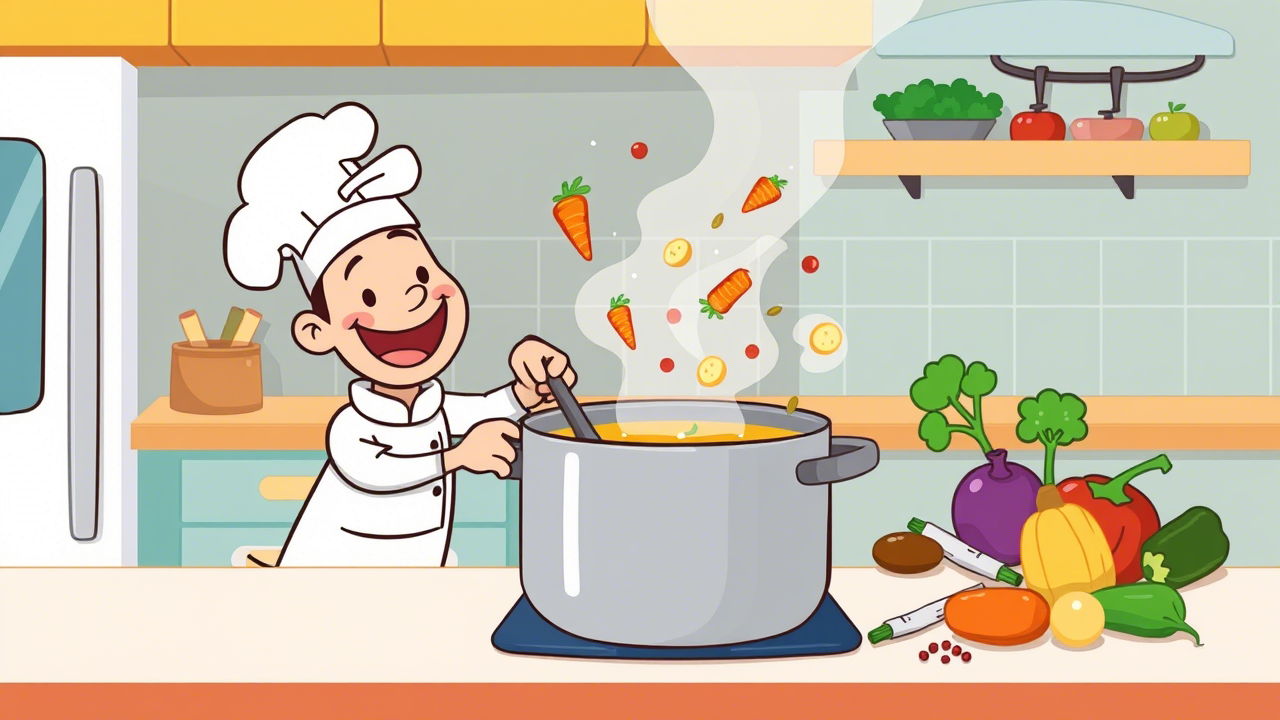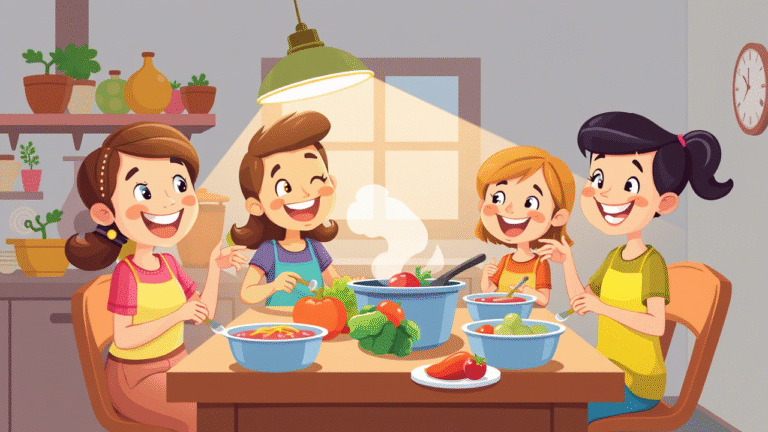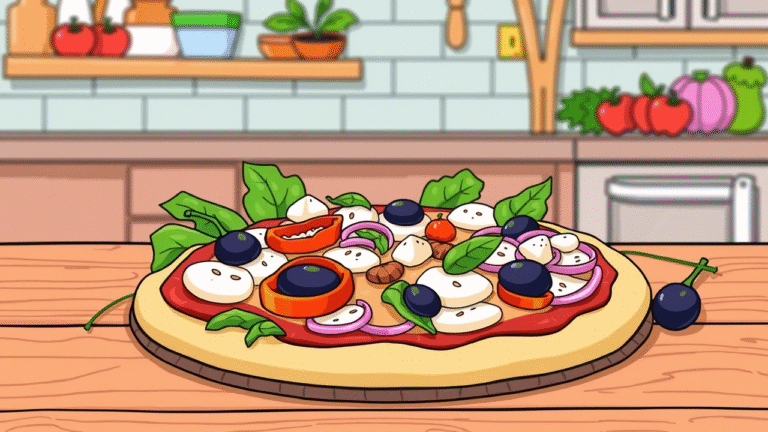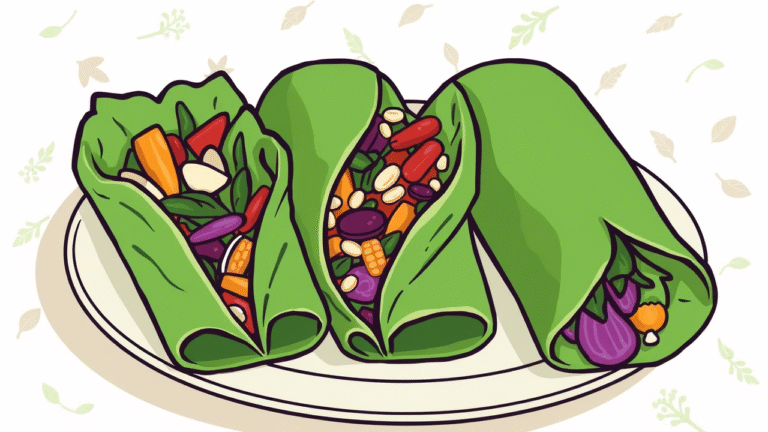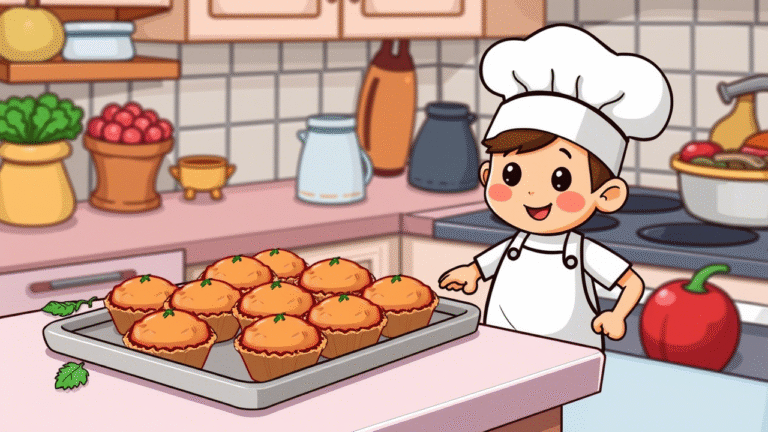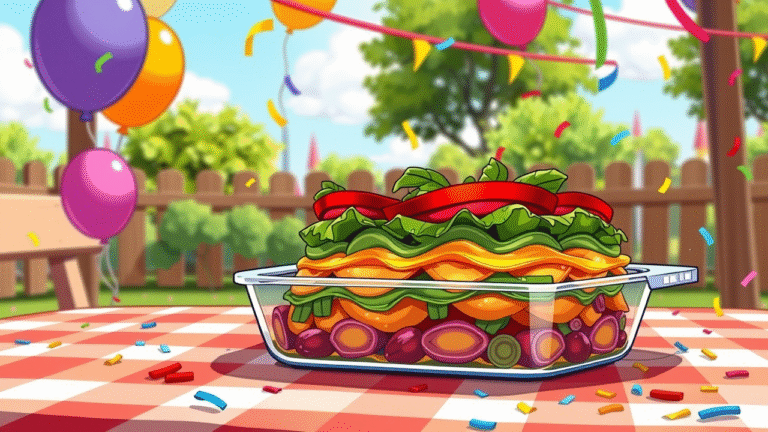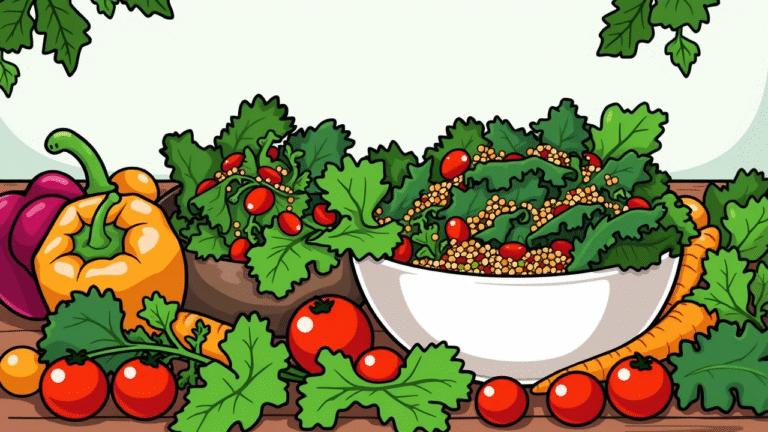Soup Surprise with Whatever’s Left
What is “Soup Surprise with Whatever’s Left”? It is the art of making something delicious from leftovers.
Food waste has gotten out of hand, but not throwing anything away can save you money and help save the planet.
Why Should You Care About Leftovers?
Let me tell you a story. I looked and I started and then I squinted at my fridge one night. Staring back at me was half an onion, a few carrots, some chicken scraps, and a sad-looking potato.
I could throw them out, or I could make some magic happen. I chose magic. That night, I made soup. And that’s when it ever so slowly dawned on me — this was more than dinner.
It’s that I want to save money, not waste all the food, and feel good about what I’m eating.
Food waste is no joke. We are tossing out the equivalent of 290 pounds of food per person in the United States each year.
That’s the equivalent of throwing a whole refrigerator’s worth of groceries in the trash. And guess what? Much of this waste is in the form of leftovers.
Roughly 30% of Americans say they toss uneaten food once a week. When they do, they are tossing out the equivalent of about 12 cups of food per week.
For people who almost never throw out leftovers, that number sinks to just 3.5 cups. The difference is staggering.
But here’s the kicker: Reusing leftovers is not only a way to be frugal. It’s about creativity. After all, this isn’t about saying, “I don’t need a therapist.”
It’s looking at what you have and saying, “O.K. I can work with this.” That’s where “Soup Surprise with Anything That’s Left” comes in.
Leftovers Are More Common Than You Think
Let’s do numbers for a moment. Americans repeat meals from leftovers at least once a week, with 76 percent doing so.
Forty-eight percent prepare new creations using leftovers as base ingredients. These stats are further evidence that repurposing food isn’t some oddball pastime for a tiny subset of people.
I’m one of those 48%.
I may throw last night’s roasted veggies into a frittata. Other times, I purée leftover rice into a creamy soup. It’s fun. It’s practical. And I’m all, really that kind of kitchen wizard.
But not everyone shares this sentiment. Some people have a hard time with the idea of eating the same thing twice.
Still, many are concerned about food safety. About 10 percent of Americans report they worry about the health risk of eating leftovers, even if there’s no visible sign of spoilage.
This fear of being wasteful is what leads to more waste.
Here’s the truth: Most leftovers are safe to eat as long as they are stored correctly. And if you’re wary, you can always keep them in the freezer for another day.
Freezing is even akin to hitting the pause button on your food.
The Cost of Wasting Food
Throwing away food is not only bad for the environment — it’s also a hit to the wallet. Let’s break it down.
So if you are throwing away 12 cups of food per week, how much cash is hitting the trash? A lot.
Tracking and keeping up with leftovers can result in hundreds of to thousands of dollars saved annually. That would be enough to pay your utility bills, get some new clothes or go on a mini trip.
Think of it this way: Every time you throw away leftovers, you’re also throwing away all the time and effort you put into preparing them.
You’re using up gas or electricity for cooking. You’re letting water run while you wash dishes. It all adds up.
And then there’s the larger context. Food waste accounts for an estimated 1% of the U.S. GDP. That’s billions of dollars wasted.
Food waste creates 8-10% of the world’s greenhouse gas emissions. If we were to call food waste a country, it would be the third largest greenhouse gas emitter after China and the U.S., according to the U.N.
So when you turn leftovers into a “Soup Surprise,” you’re not just cooking dinner. You are fighting climate change. You’re saving resources. “You’re being a hero, one bowl at a time.
What Does Food Waste Look Like Around the World?
The U.S. is not the only country with a food waste problem. In Germany, for instance, 16% of avoidable food waste is cooked or prepared food.
This frequently occurs after celebrations or holidays when people cook too much food and are unsure what to do with the leftovers.
Sound familiar? I’ve been there. I had turkey, mashed potatoes and cranberry sauce up to my ears after Thanksgiving.
Rather than letting it sit until it spoiled, I transformed it all into a rich turkey pot pie. It was so tasty, and kept me filled for days.
Everyone has their own culture when it comes to leftovers. The practice of serving something that was prepared in advance as a new dish on the second day is common in some countries.
In others, leftovers take on a whole new identity. For example: In Japan, day-old rice is typically recycled into fried rice or rice balls. In Italy, day-old bread is reborn into panzanella salad.
And these traditions also remind us that leftovers are not to be feared, but savored. They’re opportunities to be creative and to make something special.
The Psychology Behind Leftovers
What makes some people love leftovers and others loathe them? It’s partly psychological.
For starters, there’s the “ick factor.” There are just some people who do not want to eat what’s been chilling in the fridge. And then there’s the boredom element. To eat the same thing all the time can also seem uninspired.
But get this: leftovers don’t have to be boring. They don’t have to taste exactly the way they once tasted. Tap into your creativity and turn last night’s dinner into today’s masterpiece.
Consider my friend Sarah for instance. She loathes the thought of plain leftovers. But she loves soups. So, she began puréeing her leftovers into soup.
There were roasted chickens that became chicken noodle soup. Stir fry things became veggie broth. All at once, her leftovers were no longer leftovers, but ingredients.
How to Master the Art of Soup Surprise
Ready to give “Soup Surprise with Whatever’s Left” a shot? Here’s how to get started.
First, consider and inventory what you’ve got. Open your refrigerator, freezer, and pantry.
Seek out odds and ends that need using up. This may be anything: certain vegetables or grains or meats or herbs or sauces, you name it.
Next, think about flavors. Do you want something spicy? Creamy? Hearty? Light? You pick a base — broth, cream and tomato sauce are the most popular — and then build from there.
Now, chop and combine. Toss everything in a pot, season and let simmer. Taste as you go. Taste, season and adjust the flavors until you have it just right.
Finally, serve and enjoy. If you have them, top with fresh herbs, cheese or croutons. Or keep it simple. In either case, you’ve just done something amazing.
Pro tip: have a “soup bag” in your freezer. Whenever you end up with leftover scraps of veggies or meat, toss them in the bag.
When the bag gets full, you have the beginnings of a wonderful soup.
Stats That Prove Leftovers Matter
Here are a few figures to hammer home the point:
| Statistic/Fact | Value/Percentage |
| Americans making repeat meals from leftovers weekly | 76% |
| Americans using leftovers as ingredients weekly | 48% |
| Americans throwing away leftovers weekly | 30% |
| Food wasted weekly by frequent discarders | 12 cups |
| Food wasted weekly by infrequent discarders | 3.5 cups |
| Annual food waste per person in the U.S. | 290 pounds |
| Portion of avoidable food waste (cooked/prepared food) in Germany | 16% |
| Americans worried about leftover food safety | ~10% |
| Food waste cost savings potential per household | Hundreds to thousands of dollars |
These are not just numbers—in reality they are a call for action. They teach us just how crucial it is to break free from old ways of thinking about leftovers.
Final Thoughts
Leftovers needn’t be boring. They can be beautiful. Tonight, offer up “Soup Surprise With Whatever’s Left.” Your wallet — and the environment — will thank you.

I’m Kai, a fitness fiend and wellness geek from Vancouver. I love helping people find small, sustainable ways to feel better every day. From workouts, to good mental health, to smoothie recipes, I keep it real. Perfection is not my thing — progress is. When I’m not at the gym, I’m likely to be hiking or sampling a new meditation app

